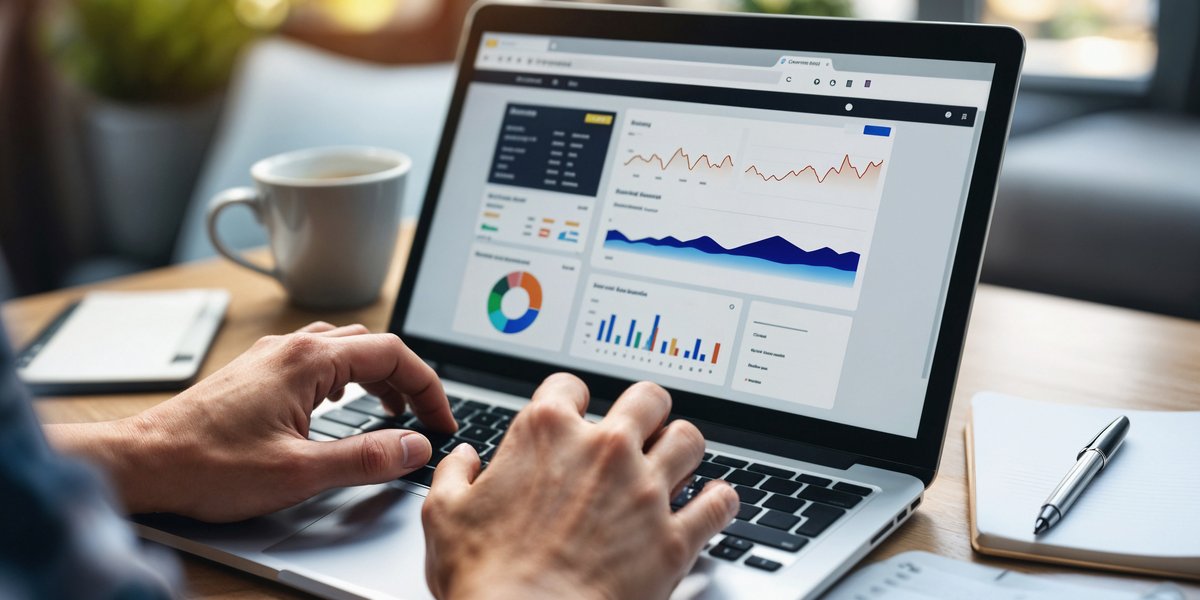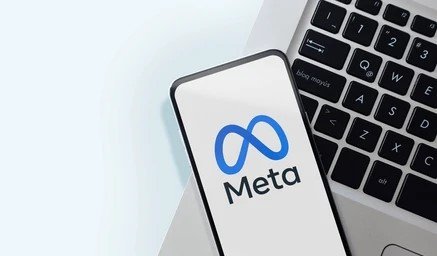
How to Attract Top Marketing Talent For Your Business
Hiring exceptional marketers is more difficult than ever. This guide shows CEOs and HR leaders exactly how to attract the right talent while strengthening your brand’s marketing engine.
13 Oct 2025
Choosing between Google Ads, Meta, or LinkedIn can make or break your campaign’s ROI. This guide breaks down each platform’s strengths, weaknesses, and ideal use cases.
Blog
When you’re steering the ship as a CEO, every marketing decision is ultimately about ROI, speed to market, and long-term business impact. Paid advertising is no different; the wrong platform can chew through your budget with little to show for it, while the right one can turn every dollar into measurable growth.
Today’s three heavyweights, Google Ads, Meta (Facebook & Instagram), and LinkedIn, each offer unique advantages, but they also have limitations. The challenge is knowing which one best matches your objectives, audience, and budget.
In this article, we’ll walk through:
By the end, you’ll have a clear, data-driven framework to decide whether Google Ads, Meta, LinkedIn, or a mix, is your best bet.

Choosing an ad platform is a strategic business decision. The platform you choose determines:
A CEO who understands these dynamics can hold better conversations with their marketing consultant or CMO, make smarter budget allocations, and measure success more meaningfully.
Best for: Capturing high-intent leads actively searching for your solution.
Google Ads works on an intent-driven model; your ads appear when someone searches for relevant keywords. This means you’re targeting people who already have a problem and are actively looking for a solution.
Advantages:
Challenges:
Example: A Brisbane-based SaaS company targeting “inventory management software” can use Google Ads to put themselves in front of buyers right now, rather than trying to nurture interest over months.

Best for: Building brand awareness, retargeting, and driving demand.
Meta includes both Facebook and Instagram advertising, making it one of the largest digital ad ecosystems globally. Unlike Google Ads, Meta’s targeting is interest-based, meaning you can find audiences who might be interested, even if they aren’t actively searching.
Advantages:
Challenges:
Example: A boutique financial services firm could use Meta to run educational video ads on “5 Tips for Reducing Business Tax” to generate awareness, then retarget viewers with a lead magnet for free consultations.
Best for: B2B lead generation and industry-specific campaigns.
LinkedIn’s strength lies in its professional data, job titles, company size, industry, seniority level, and more. It’s the go-to choice for B2B campaigns where decision-makers matter.
Advantages:
Challenges:
Example: A Fractional CMO service targeting mid-sized manufacturing businesses could run LinkedIn lead generation campaigns to reach COOs and marketing directors directly.

Many successful CEOs use a hybrid approach:
This creates a full-funnel system where each platform plays its role, from sparking interest to closing deals.
A CEO should never rely solely on platform-reported metrics; they’re often optimistic. Instead:
If your internal team lacks capacity for deep analytics, working with freelance marketers experienced in cross-platform campaigns can ensure every dollar is tracked and optimised.
Choosing between Google Ads, Meta, and LinkedIn is about which is better for you.
If you want to shortcut the guesswork and ensure your marketing budget delivers the highest possible ROI, now is the time to get a second opinion. Book your free audit with our partner Click Click Bang Bang, we’ll review your current campaigns, analyse your competitors, and give you a clear roadmap for growth.
Here are some suggested articles that are closely related to this post

Hiring exceptional marketers is more difficult than ever. This guide shows CEOs and HR leaders exactly how to attract the right talent while strengthening your brand’s marketing engine.

In an increasingly competitive marketing job market, talent alone is no longer enough. The real secret? Positioning yourself as the expert and building a brand that sells your value before you even speak.

Hiring marketing leadership is not just about finding someone to run campaigns. A Fractional Chief Marketing Officer (CMO) may be the solution your company needs.

Want to stay visible online in 2025? This guide breaks down exactly what CEOs and business leaders need to know about modern SEO strategy.

Your LinkedIn profile is more than a digital CV, it’s your marketing portfolio, elevator pitch, and first impression rolled into one. If you are serious about landing better roles or winning high-value clients, it needs to work as hard as you do.

Marketing is not a guessing game. With the right tools and mindset, CEOs can confidently measure ROI and ensure every marketing dollar works harder than ever.